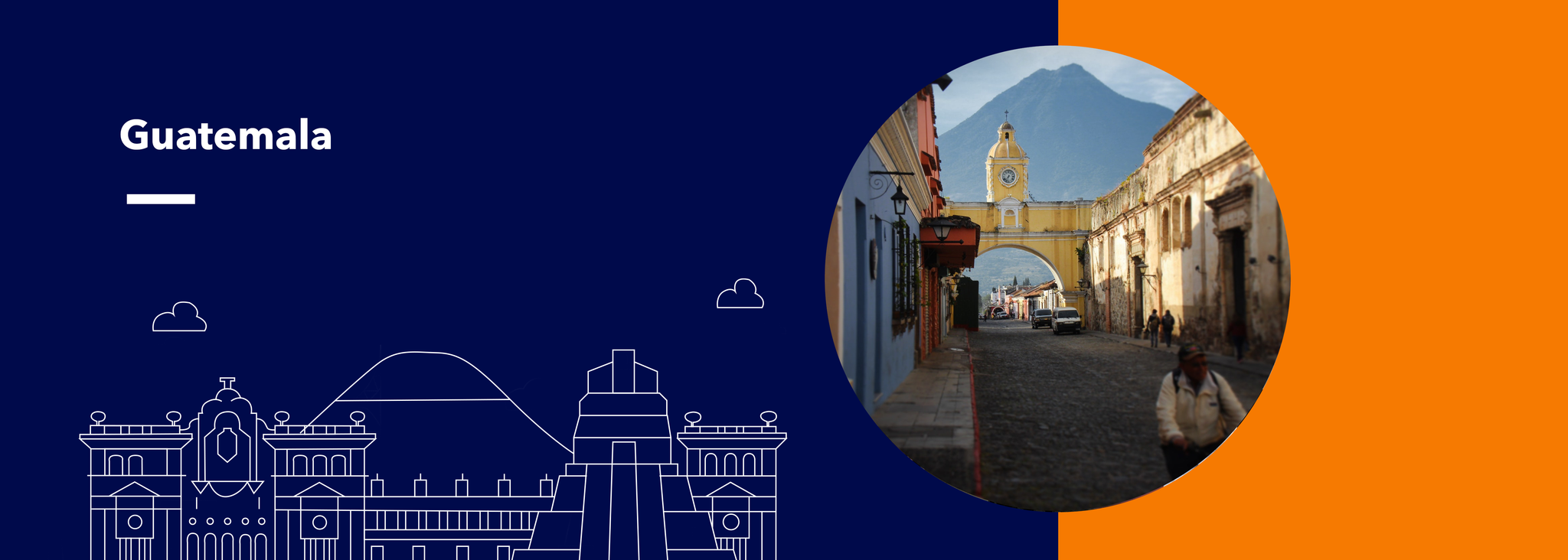Our Origins

Velo Coffee was created by Derek Townsend, the founder of Karajoz Coffee. He introduced European style espresso to New Zealand in 1982 with the infamous DKD café in Auckland, and remains a pioneer on the local coffee scene. He’s currently one of only two SCAA qualified Green Bean Graders in the country.
Our aim with Velo was to create a complex flavour profile that reveals different elements during the drinking, not unlike the way a good wine or perfume reveals its layers of character over time.
After a lot of trial and error we’ve settled on a combination of seven distinct types of bean from seven different regions.
We love the simple gentle flavours of Single Origin Coffees, each bean has an individual flavour and combined together “it's a cup of coffee”. Something makes you want to have another.
Tested over many years and born out of a passion for luxury, Velo is our most sophisticated and contemporary blend. A rich and creamy body is offset by hints of orchard-ripe orange. Smooth, like a caramel topped crème brule.

Our Velo blend uses 3 different types of Indonesian beans, from Sumatra and Jakarta. Indonesian coffee is the thickest, most syrupy in the work, which gives a great element to the brew.
In the early 17th century, a Dutch merchant obtained some coffee bushes from Yemen. The specimen was grown and thrived in the greenhouses of Amsterdam Botanical Garden and produced coffee bushes that were named Coffea Arabica. The Dutch then planted their coffee in their overseas possession in the Dutch East Indies (Indonesia). This was so successful that they managed to fulfill Europe’s demand by supplying “Java coffee” in 1719. Since then the name ‘Java’ and ‘Sumatra’-two of Indonesia’s most populous islands-have become virtually synonymous with full-flavoured coffee over the past centuries.
They generally display nutty or warm spice notes, like cinnamon or cardamom. Hints of black pepper are sometimes found. Their sweetness, as with most Indonesian coffees, is closely related to the body of the coffee. The after-taste coats the palate on the finish and is smooth and soft.

The country produces exclusively arabica beans, and these have a distinctive taste – rich, full flavour, highly aromatic and brightly acidic – which is why many consider it to be some of the finest in the world.
Colombia is the perfect place to grow coffee; quite apart from the fact that Coffea Arabica trees thrive in areas of high altitude and warmth, they are perfectly suited to the terrain of Colombia’s mountains.
Most standard Colombian coffee is grown by relatively small farms and then collected, wet-processed (washed), milled, and exported by the Colombian Coffee Federation. Colombian coffees are typically washed and sun dried on patios.
Colombian coffees are one of those that most people will enjoy as a smooth morning wake-me-up, and work well as a medium or dark roast, depending on your personal taste preferences.

Kenya is a country known very well for its exporting of coffee. Agriculture employs over 75% of Kenya's citizens and coffee and tourism are the two biggest industries in the country.
Known for their consistently rich flavour along with a deep, wine-like acidity and pleasant aroma, Kenyan coffee beans have a distinctly bright taste with complex tones of fruit and berry.
There are four species of coffee that are grown and sold commercially from Africa. Coffee was introduced to Kenya in 1893 when missionaries imported bourbon coffee to the country. All of the best coffee from the country was exported, and the Kenyans never knew that they had the best quality coffee in the world as all the coffee they had grown was centrally processed and marketed.
Kenya has the perfect environment for growing coffee and farmers put a lot of hard work into pruning, harvesting and processing the beans therefore making very high quality coffee. One of the very exquisite coffee and pastry cafes in Nairobi is Artcaffé. With eight locations in Nairobi all venues please visitors. The music, outdoor balconies and stunning art make it a gorgeous place to enjoy high quality coffee.

Guatemala, a country located in Central America, is one of the world's biggest coffee producers. The name Guatemala comes from the word meaning 'place of many trees'. The volcanic environment of Southern Guatemala contains some of the most productive soils in the world. The soil, rainfall, humidity, altitude and temperature are varied enough to produce seven types of Guatemalan Arabica coffees, which are produced in eight main regions.
Guatemala's coffees tend to be rich and flavourful, partly due to the volcanic soil. Guatemalan coffees in general have a relatively high degree of acidity and often taste of chocolate. Many coffee aficionados also note a smoky taste to the Guatemalan bean.

Sulawesi Island, formerly known as Celebes, is amongst the biggest coffee producers in the world. The original name Celebes comes from the meaning 'hard to reach', named first by the Portuguese. Located in Indonesia, the journey of Sulawesi coffee began when the Dutch government brought Arabica coffee beans and ordered farmers to plant the coffee in their land.
Sulawesi coffee is best known for its silky body, moderate acidity, and smooth finish. Its flavours tend to land on the warmer side of spice, with bold cinnamon, cardamom and at times black pepper.
The most distinguished Sulawesi coffee is Toraja (also called Celebes coffee), along with Kalossi, a multi-dimensional coffee grown in the southeastern highlands and distinguished by its expansive flavour with a full-bodied richness.
